
Dog Paw Irritation From Concrete. Taking your dog for walks is generally an enjoyable daily routine for both you and your furry friend. While concrete surfaces might feel nice under sneakered feet, your dogs may not feel the same way. Concrete can cause injury and irritation in a dog's paws, so knowing what to watch for and how to prevent the irritation is key to pain-free walks for the both of you.
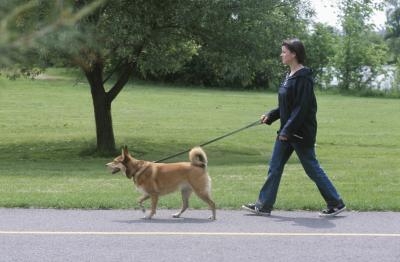
A dog's paws are comprised of small pads and nails. Under the nails is something called the quick, a delicate area under that when cut can cause pain and bleeding. A dog's paw pad has several functions. It acts as a shock absorber when the dog walks or runs. It also protects tissue inside the paw and helps protect the dog's paws in extreme weather.
Concrete itself is a hard material without much give. Dog paws take a beating when the animals run or walk frequently on paved surfaces. This is especially true in hot weather -- imagine stepping on hot, black pavement in bare feet. A dog's paws can be burned from hot concrete. In the wintertime, chemical deicers on roads and sidewalks can irritate the pads, and when the dog goes to clean its pads, it can ingest that chemical. Glass and other sharp objects on concrete surfaces can cut your dog's paws. Lastly, concrete can wear down your dog's nails or irritate nails that may be too long.
Signs of paw irritation include limping, reluctance to use a foot, swelling, redness, constant licking and infection, according to the Natural Dog Health Remedies website. If a dog's paw is cut, bleeding may also occur. Burns from concrete surfaces may cause blisters in rare instances.
Wash the dog's paw in cool water if you suspect your dog's paws have been burned from hot concrete. Apply a diluted antisceptic cream or spray and wrap it in gauze. See your veterinarian if the burn is severe. Use tweezers to gently remove glass or other foreign object lodged in its paw. Also consult your vet if the object is lodged in deep or if the dog continues to use signs that it is injured. Watch your dog for signs that the paw is healing.
Proper care is the first step in protecting your dog's paws from irritation. Trim its nails short enough that it can walk comfortably, but don't trim the nails below the quick, as this can be painful. After taking your dog for a walk on a paved or concrete surface, check its paws for foreign objects and cuts. On hot days, test the pavement yourself before allowing your dog to walk on it. Also, remember that joint issues can result from prolonged exercise on pavement, so be careful not to push your dog too hard.
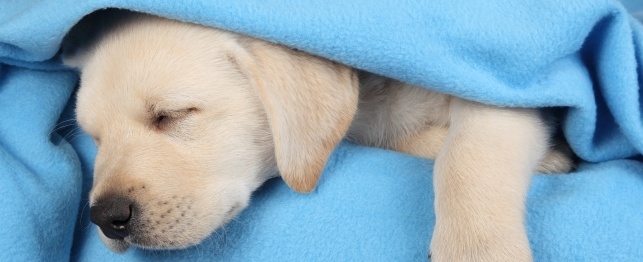 What Your 8-Week-Old Puppy Needs
What Your 8-Week-Old Puppy Needs
What Your 8-Week-Old Puppy Needs
What Your 8-Week-Old Puppy Needs
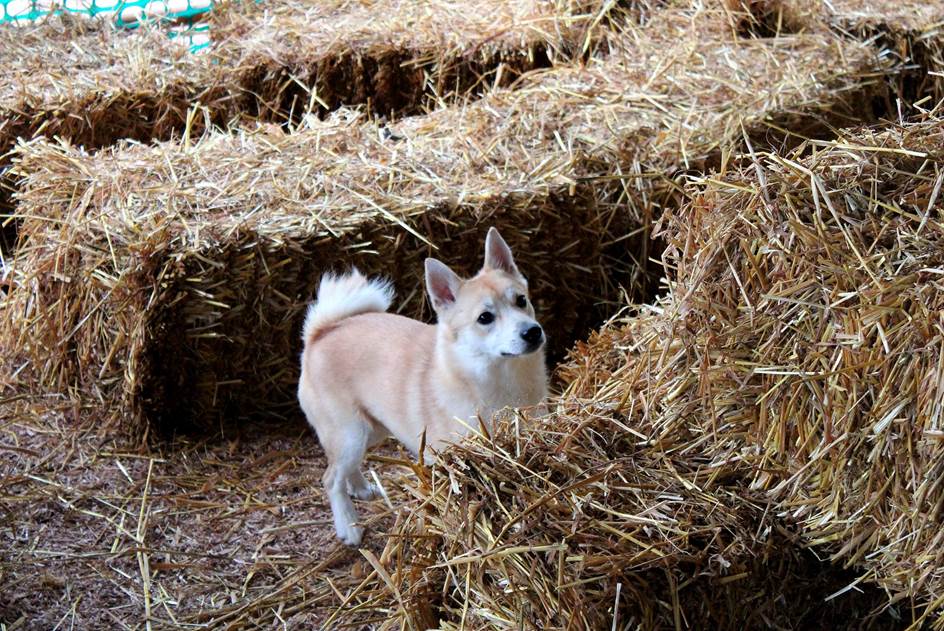 AKC Program Gives Breeders the Opportunity to Keep Learning
For more than 30 years, Mike Woodson has bred pure-bred dogs
AKC Program Gives Breeders the Opportunity to Keep Learning
For more than 30 years, Mike Woodson has bred pure-bred dogs
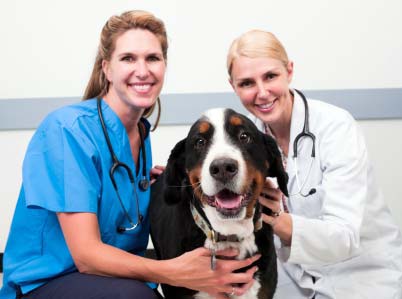 Nature’s Help for Dogs Afflicted with Heart Disease
Various natural supplements might h
Nature’s Help for Dogs Afflicted with Heart Disease
Various natural supplements might h
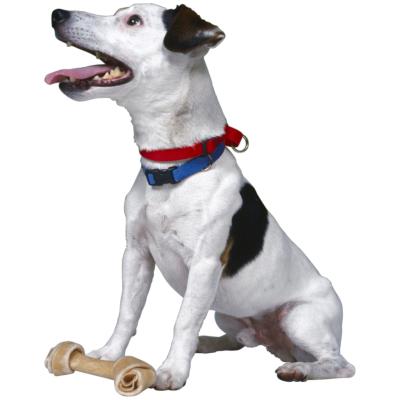 The Best Kinds of Chews for Dogs
The Best Kinds of Chews for Dogs
The B
The Best Kinds of Chews for Dogs
The Best Kinds of Chews for Dogs
The B
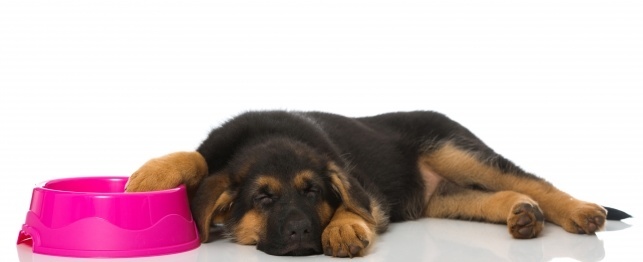 Picking the Right Food for Your Puppy
Picking the Right Food for Your Puppy
Picking the Right Food for Your Puppy
Picking the Right Food for Your Puppy
Copyright © 2005-2016 Pet Information All Rights Reserved
Contact us: www162date@outlook.com